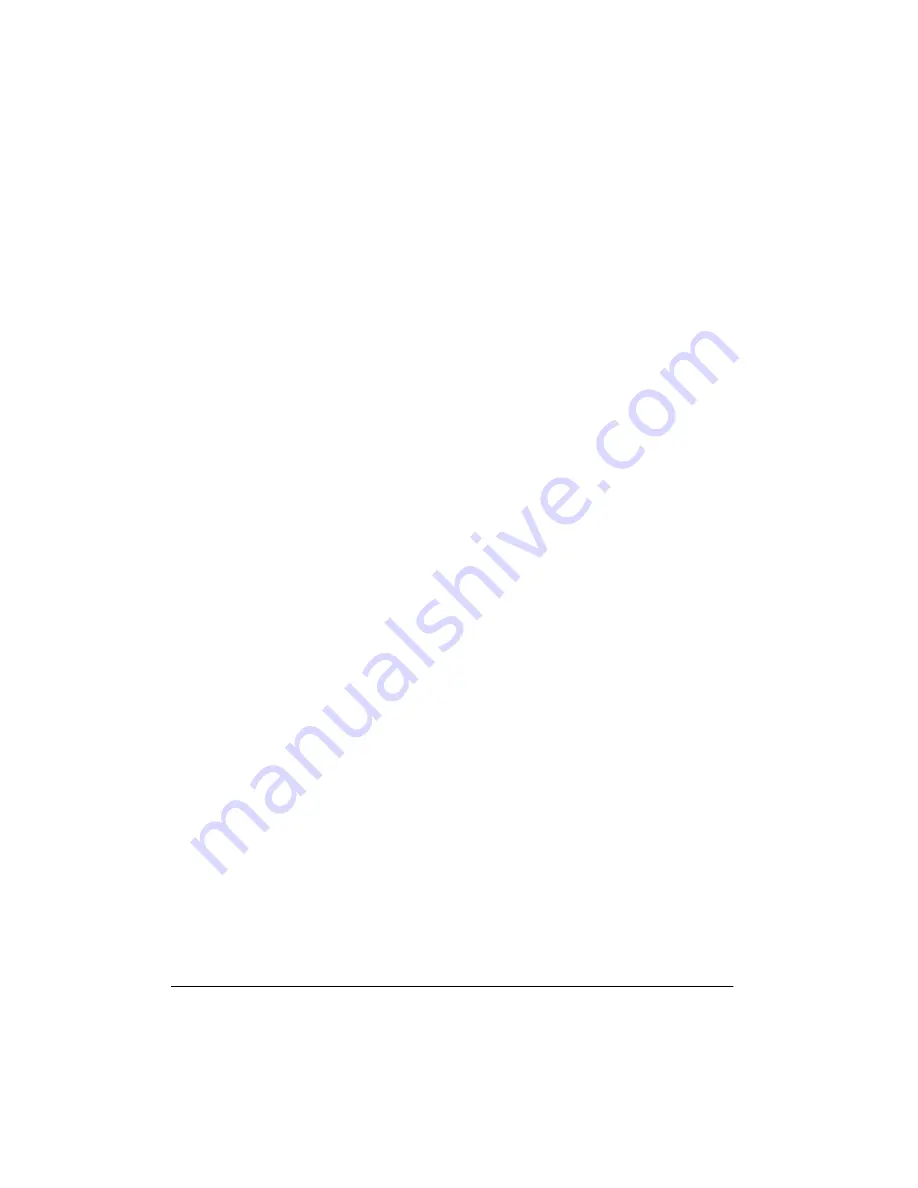
36
Recording
5. Select the part you want to record. The
rhythm part (channel 10) is selected ini-
tially. To select another part, press the
corresponding channel button. The
selected channel’s frame fills in.
Channel 6: Chord 1
Channel 7: Chord 2
Channel 8: Chord 3
Channel 9: Bass
6. Press
START/STOP
or any key. The REC
indicator stops flashing, and all the parts
of the selected element start to play. You
can now record notes in the currently
selected part.
Rhythm Part (Channel 10)
Select channel 10, then select a drum
sound (tone numbers 192 through 199).
Use the keyboard to play the rhythm
while watching the measure and beat
value on the display.
Bass Part (Channel 9)
Select channel 9, then select a bass
tone. Use the keyboard to play the bass
part, while watching the measure and
beat value on the display.
1, 2, or 3 Part Chords (Channels 6, 7,
or 8)
Select the corresponding channel, then
select a chord tone. Use any tone
except the drum sounds. Then use the
keyboard to play the chord, watching the
measure and beat value on the display.
7. Press
START/STOP
to finish recording.
8. Repeat Steps 3 through 8 for each ele-
ment of the pattern.
9. To save patterns, see “Saving the Set-
tings” on Page 38.
Editing the Stored Pattern
1. While in the pattern create mode, press
PATTERN
to enter the pattern edit mode.
2. Repeatedly press
8
or
9
to scroll
through the main menus,
Edt
Escape
,
Edt
Global
,
Edt
Element
, or
Edt
Part
.
Except for the escape menu, each mode
has the following sub-menus:
•
Glb
(Global):
Metr
(metronome),
Oct
(octave shift),
Work
Del
(work
area clear/all delete),
Bt
(beat),
Tmpo
(tempo)
•
ELE
(Element):
Meas
(measure),
OrKey
(original key)
•
Prt
(Part):
Chord
,
BkPnt
(break
point),
Qtz
(quantize),
Qtz
Exe?
(quantize execute)
3. When the main menu you want appears,
press
ENTER
or repeatedly press
6
or
7
to scroll through the sub-menus.
4. Repeatedly press
+
or
–
to change the
sub-menu setting.
5. If necessary, repeatedly press
6
or
7
to switch to another sub-menu under
the same main menu.
6. Press
ENTER
to return to the main menu
level.
7. Repeat Steps 3 through 6 as necessary.
8. Select the
Escape
main menu and
press
ENTER
to return to the pattern cre-
ate mode.
Summary of Contents for MD-1700
Page 1: ...Owner s Manual Please read before using this equipment MD 1700 76 Key MIDI Keyboard...
Page 47: ...47 Appendix...
Page 48: ...48 Appendix DRUM ASSIGNMENT LIST indicates the same sound as Standard Set...
Page 49: ...49 Appendix...
Page 50: ...50 Appendix FINGERED CHORD CHART...
Page 51: ...51 Appendix...
Page 52: ...52 Appendix FREE SESSION CHORD PROGRESSION CHART...






























